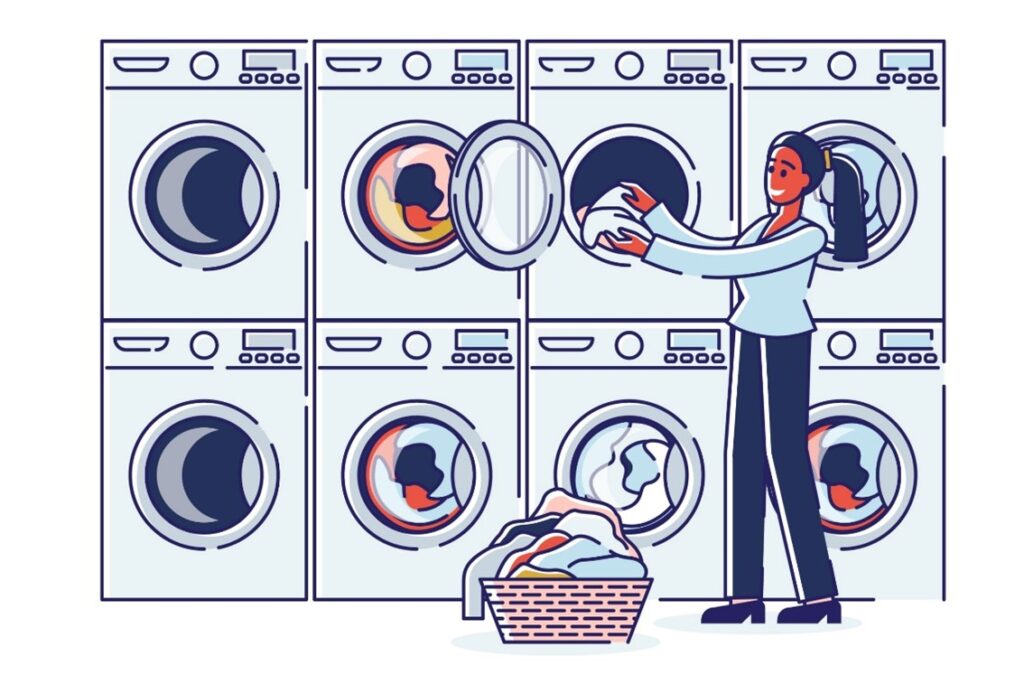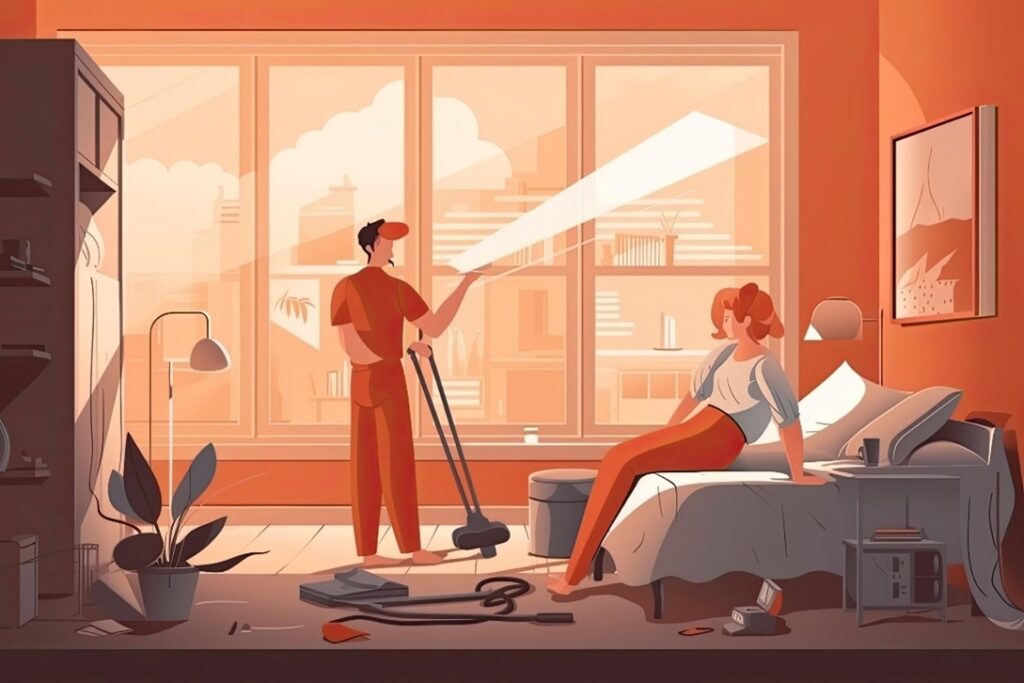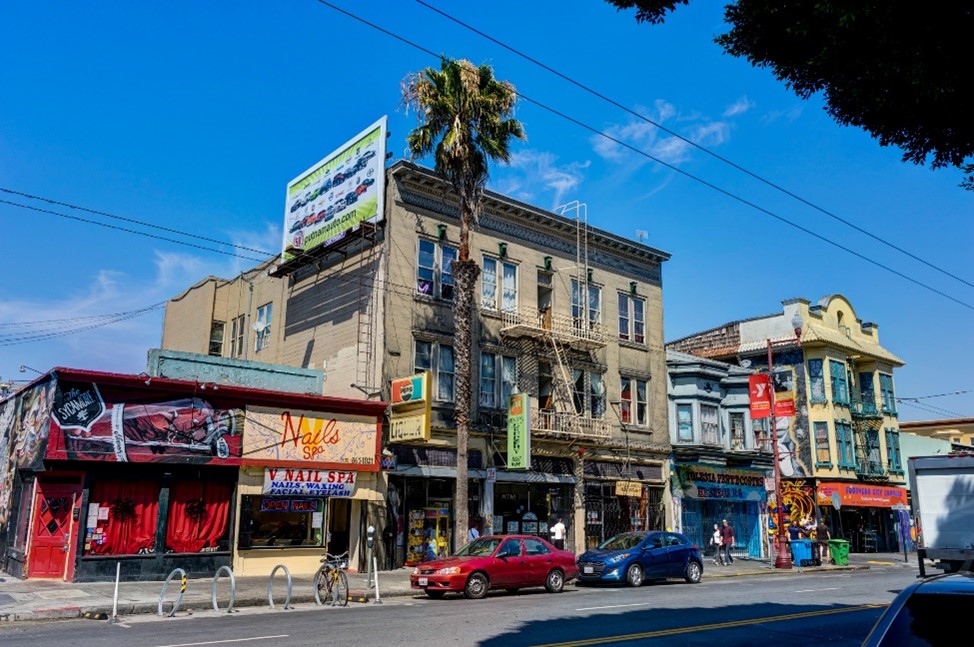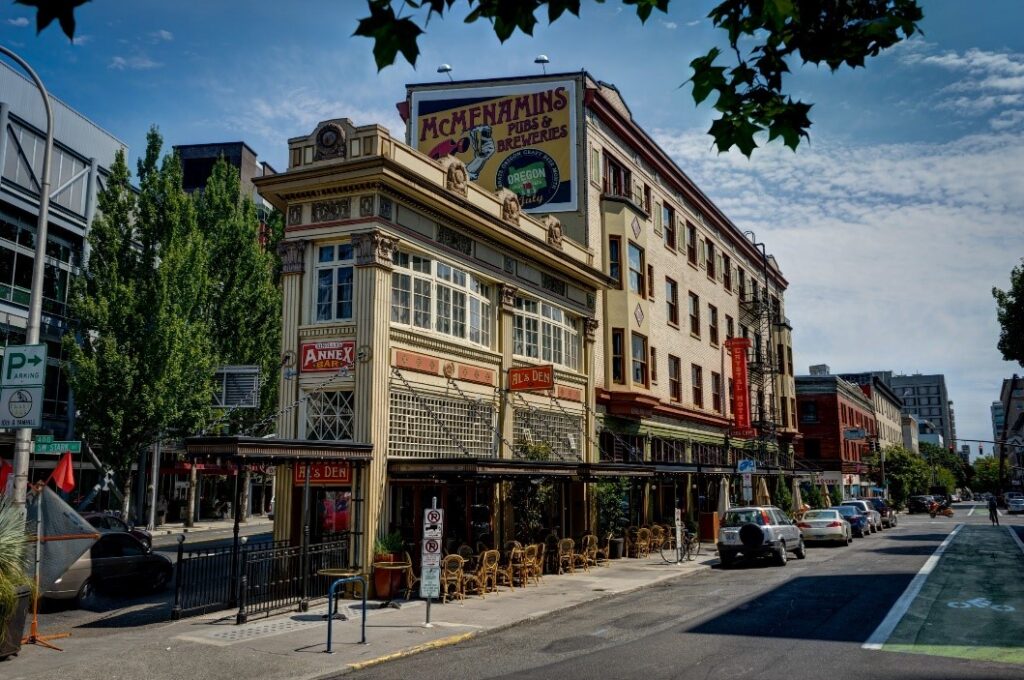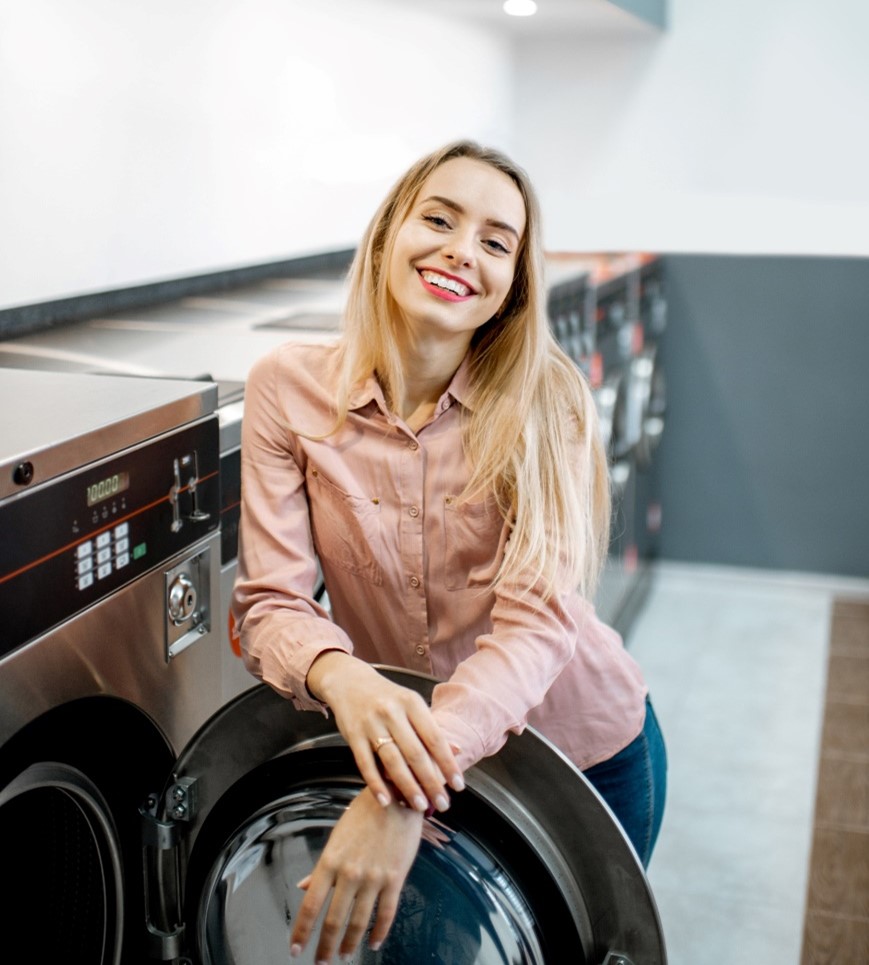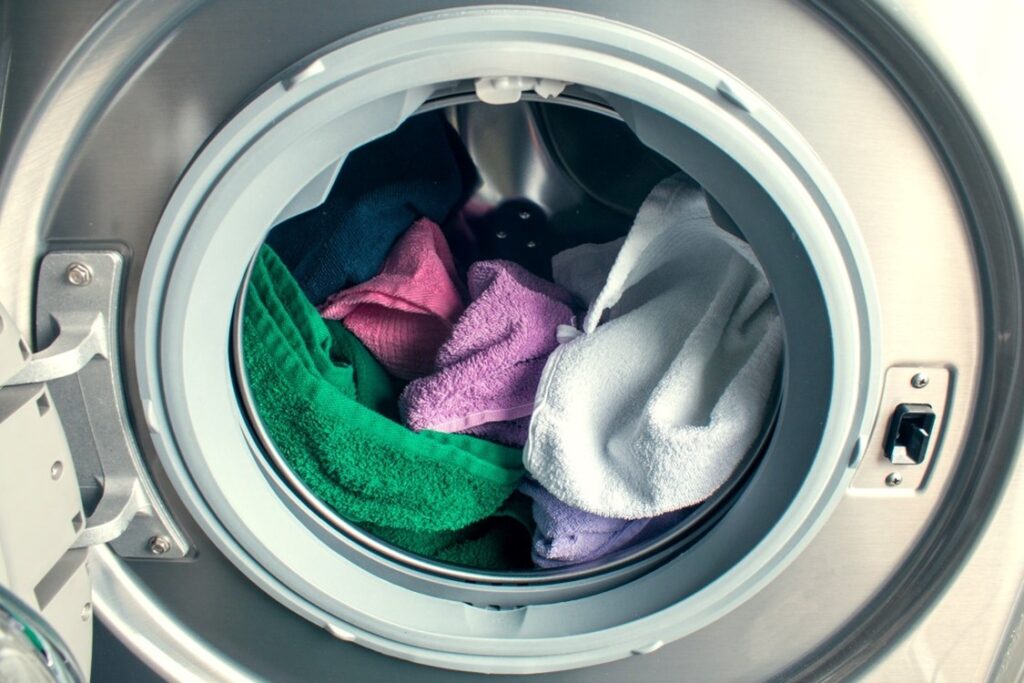
A common inconvenience often goes unnoticed until a solution is found: the absence of nearby laundromats. The struggle of lugging a heavy laundry load for blocks or waiting in a different neighborhood while clothes wash could be alleviated if more entrepreneurs invested in vended laundry facilities in commercial spaces.
But if individuals did decide to pursue this business venture, what requirements are they looking at? And what do they need to prepare?
David Shulick delves into this potentially profitable business endeavor – but first, explains the legal requirements when operating a vended laundromat.
Starting a Laundry Business in a Commercial Area
All business owners must comply with legal requirements. When starting a vended laundry business, make sure to obtain and apply for the following:
- Business Permit
- Construction Permit
- Employer’s Identification Number (EIN)
- Fire Inspection Certificate
- Hazardous Waste Permit
- Water Pollution Control Permit
It should be noted that there may also be additional requirements, depending on the local government or location.
Moreover, make sure to prioritize insurance before fully operating the laundry business. Some insurance that is essential to apply for are:
Property Insurance/Commercial Building Insurance
As much as business owners want to ignore or dismiss the prevalence of robberies, it happens – more frequently than ever before.
Having insurance provides a safety net in case of a robbery – they also provide protection against damages to your property, so business owners don’t have to fear permanent loss due to floods, earthquakes, or other calamities. Insurance plans can extend their coverage to various other types of accidents as well.
General Liability Insurance
No matter how many anti-slip rugs or “wet floor” signs are in the laundromat, there’s still a chance that a customer will have an accident. When that happens, they can rightfully file a liability claim against the business.
But how likely can a small business owner pay for that?
Without liability insurance, there’s a chance for new vended laundry business owners to suffer from financial loss from the liability claim expenses.
But business owners and their customers aren’t the only entities who deserve insurance.
Workers’ Compensation
A business won’t be successful if they aren’t considerate of their employees. And if there’s a chance that customers can fall or get injured in the laundromat, so, too, can the workers. Therefore, it’s vital to protect them by applying for worker’s compensation insurance.

Laundry Business Tips and Strategies
Got a cool idea for the laundromat’s name? Consider registering it as an Intellectual Property. This way, nobody can use the same or similar name.
But not having one is fine, too – as long as the governing entities receive and approve the required registrations, certifications, and applications for the business operation.
Once the vended laundry is in operation, it’s time to strategize how to make it a well-loved place of business.
Try doing the following:
- Develop unique selling points – such as vending machines, phone charging stations, free Wi-Fi, etc.
- Offer promos and discounts.
- Boost online presence – list the business on Google, advertise on social media, or create a website.
- Develop great business partnerships with mechanics, soap suppliers, delivery personnel, and others who help the business; they can provide discounts for their products and services – or promote the business via word-of-mouth.
Summary
Every town can benefit from laundromats. Fortunately, it’s easy to make vended laundry into a business. As long as aspiring laundromat business owners meet the legal requirements, expanding the business is easy, enjoyable, and profitable.

